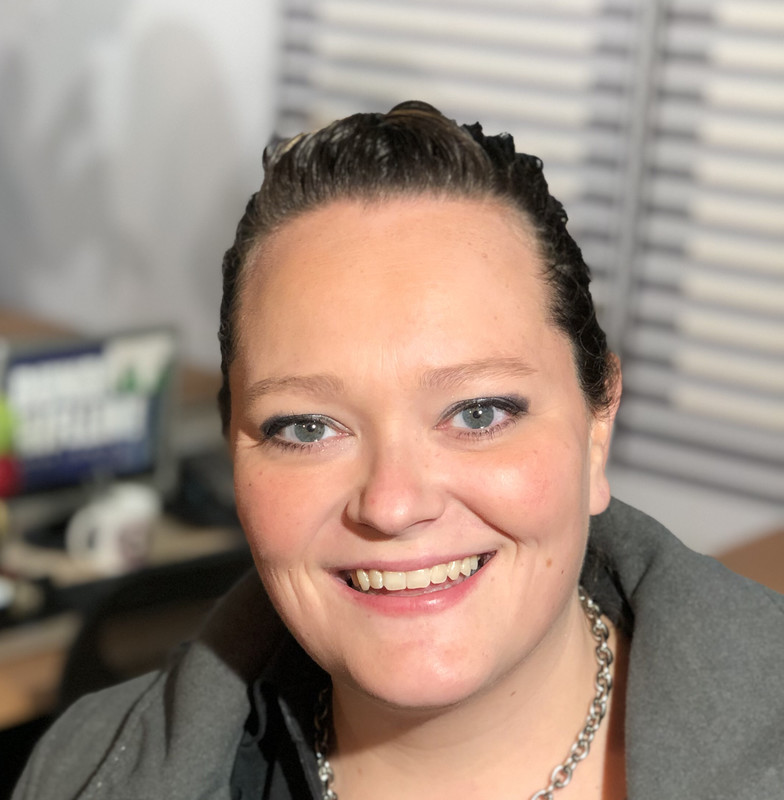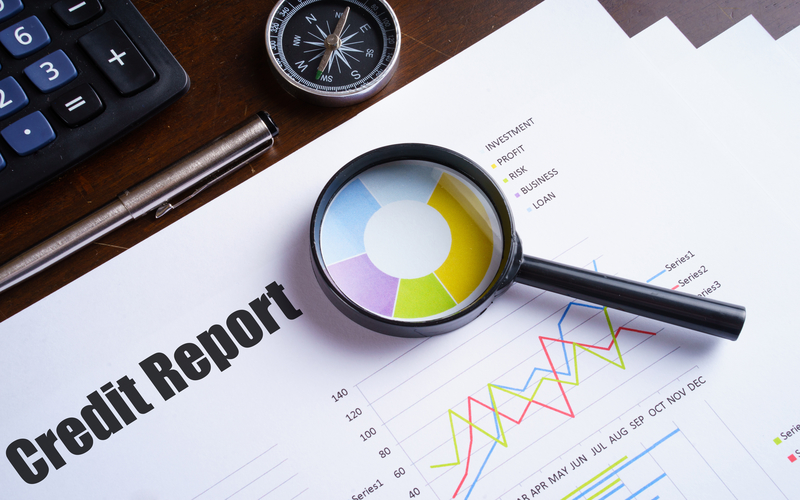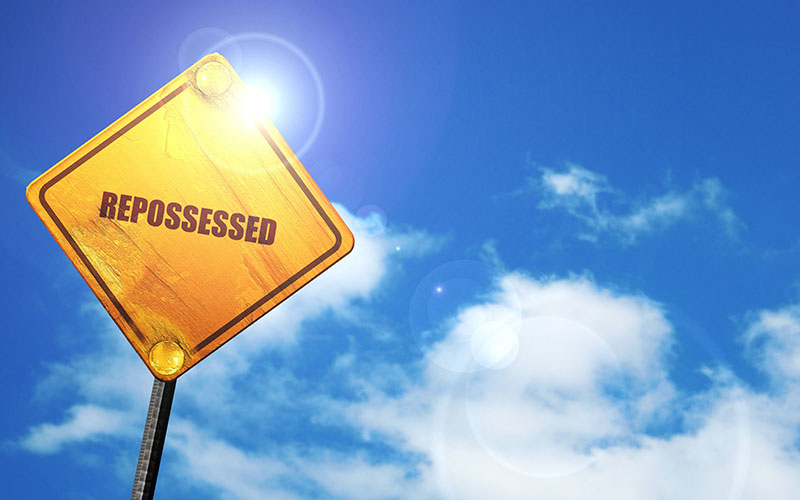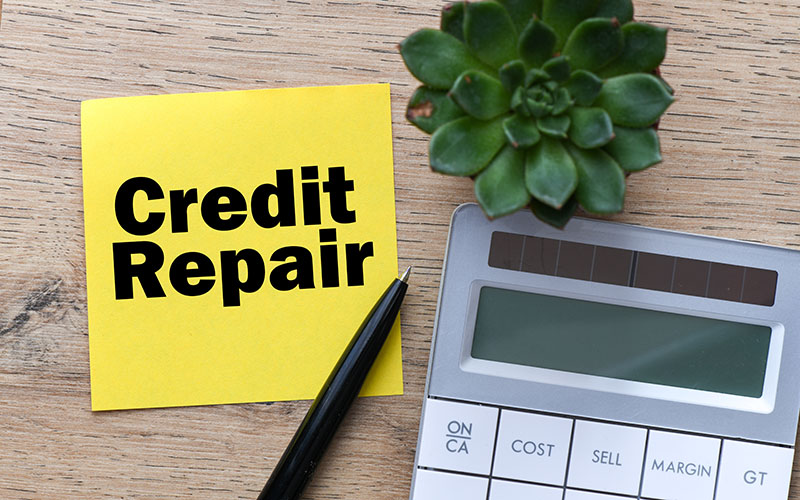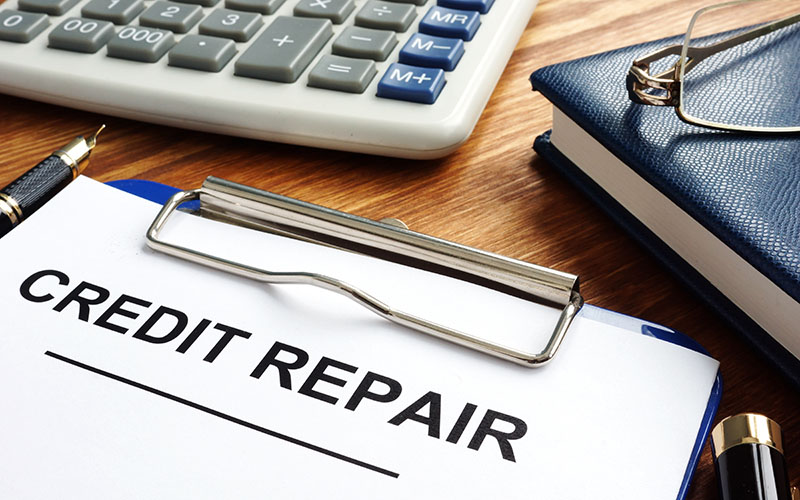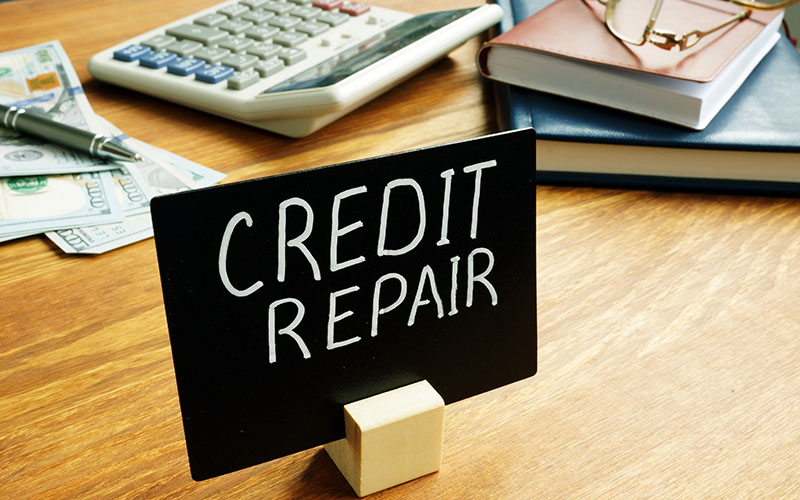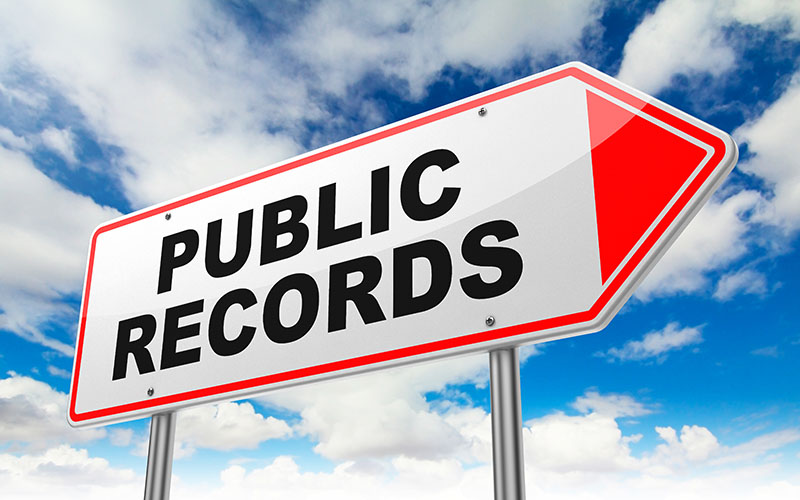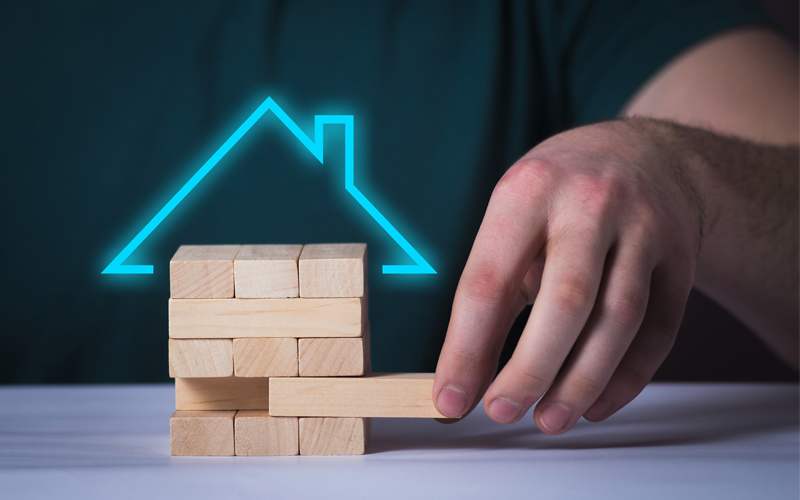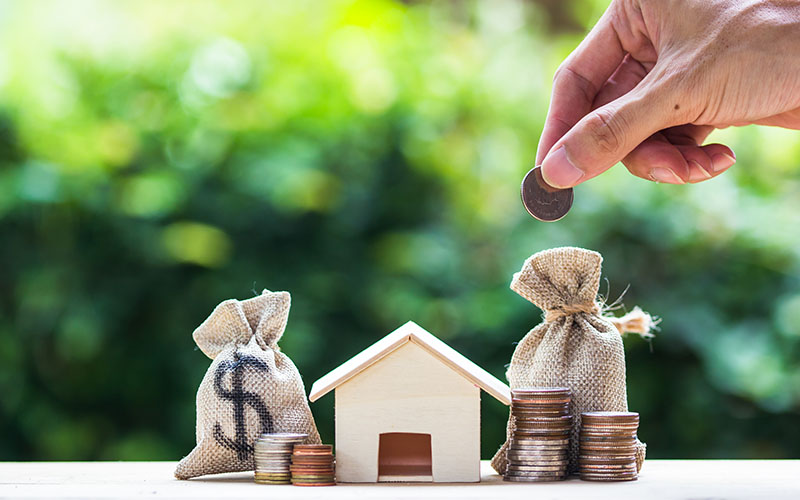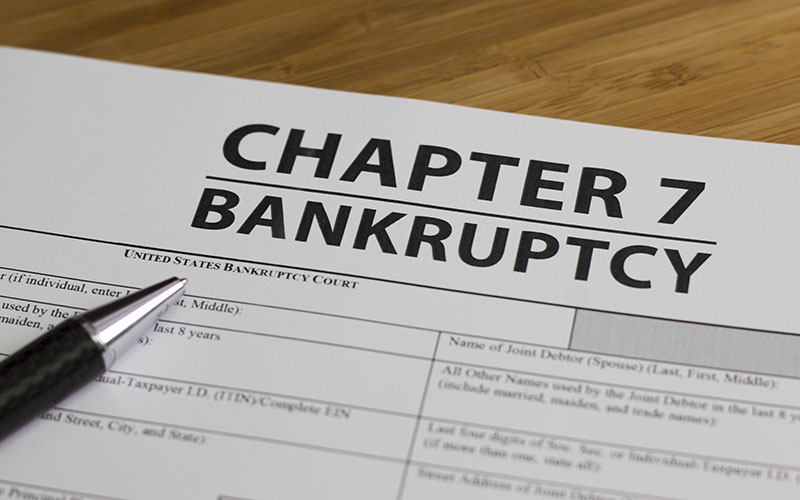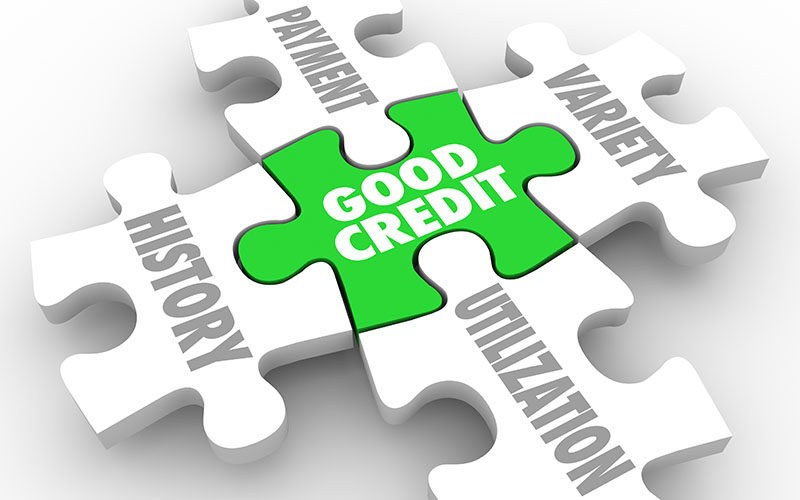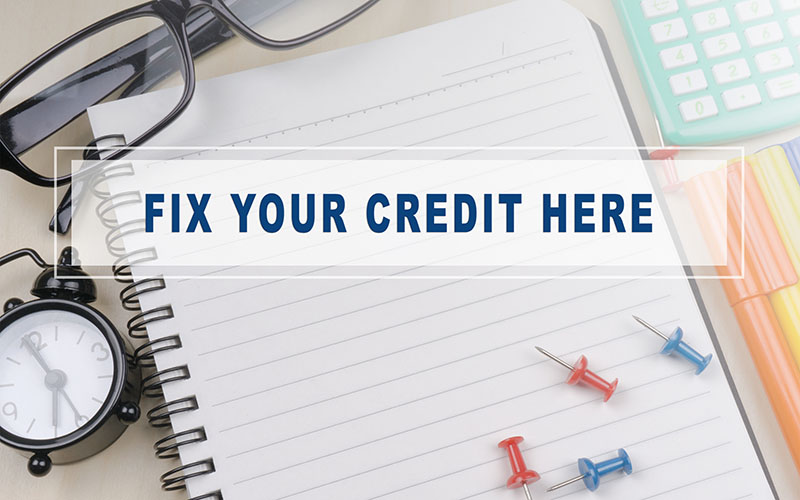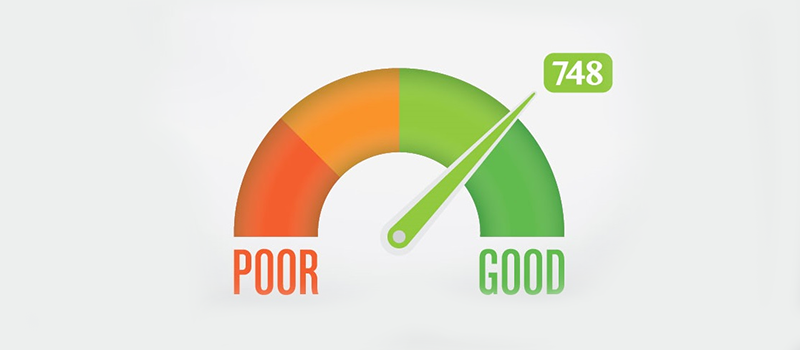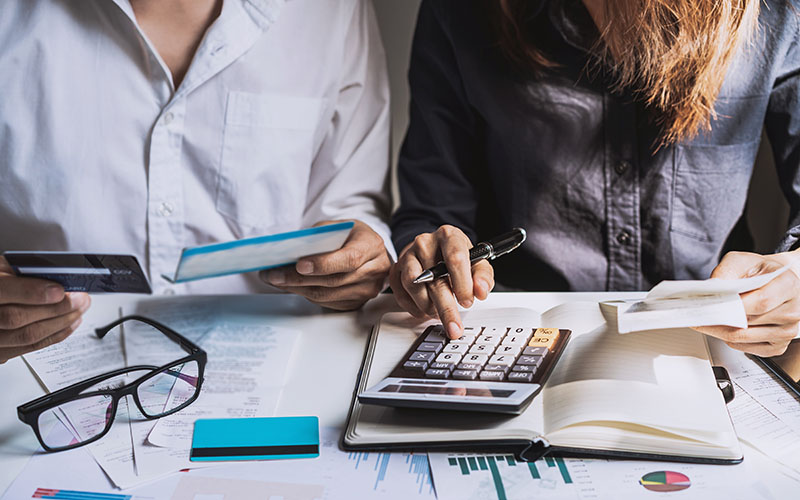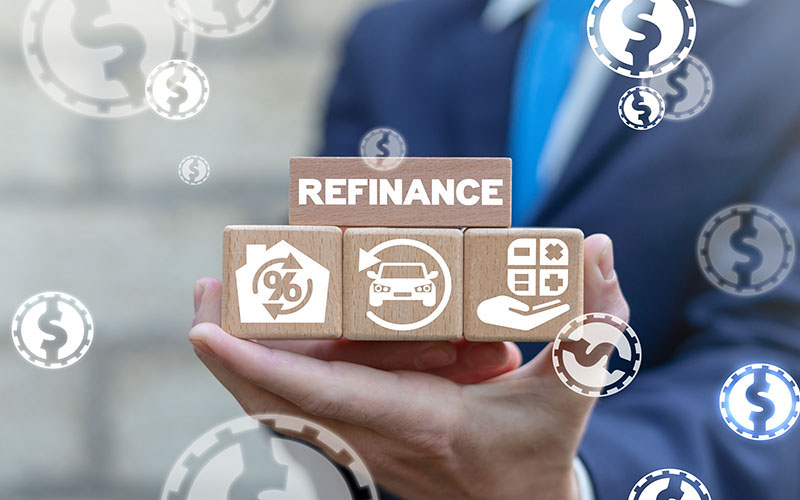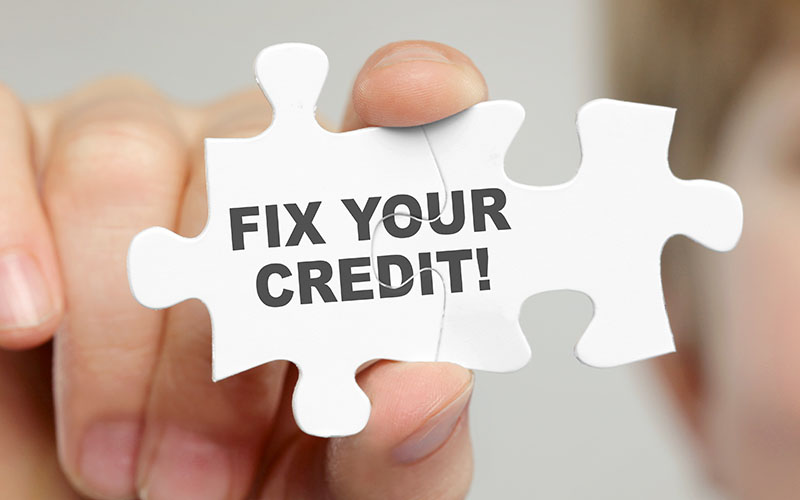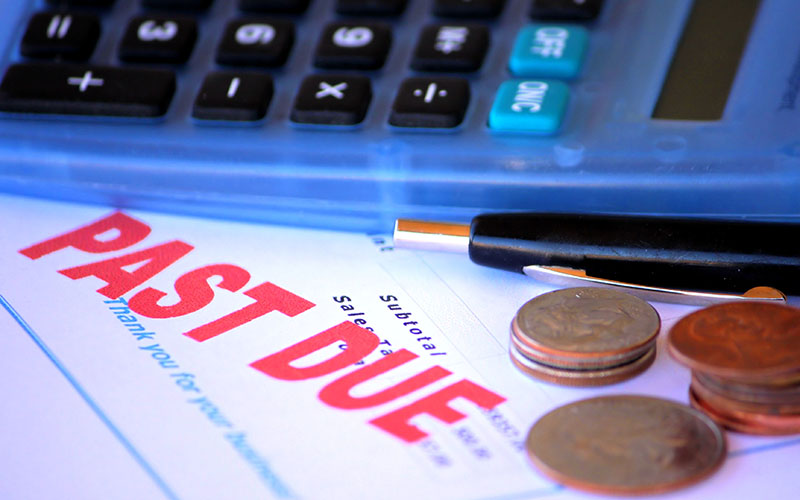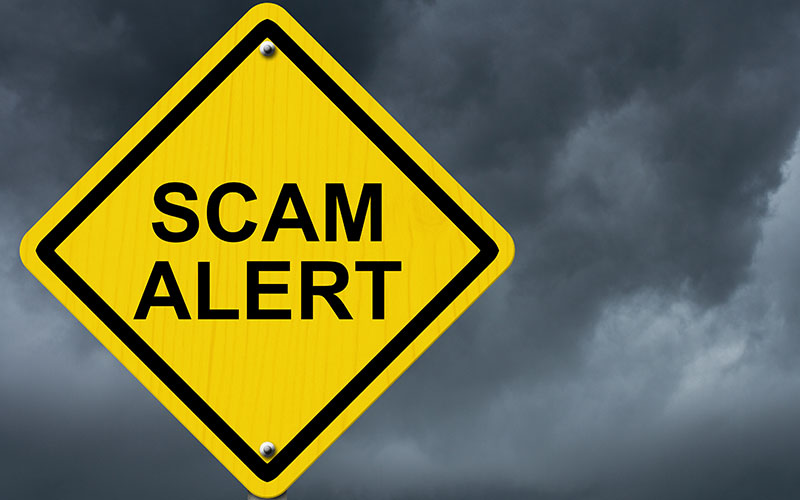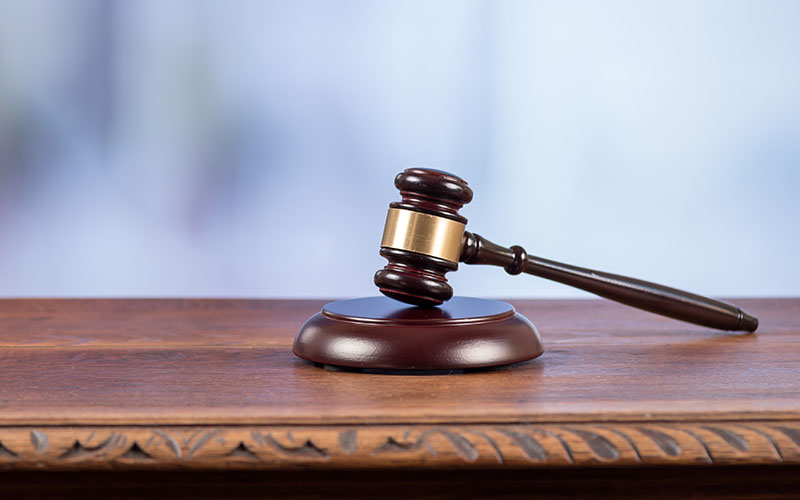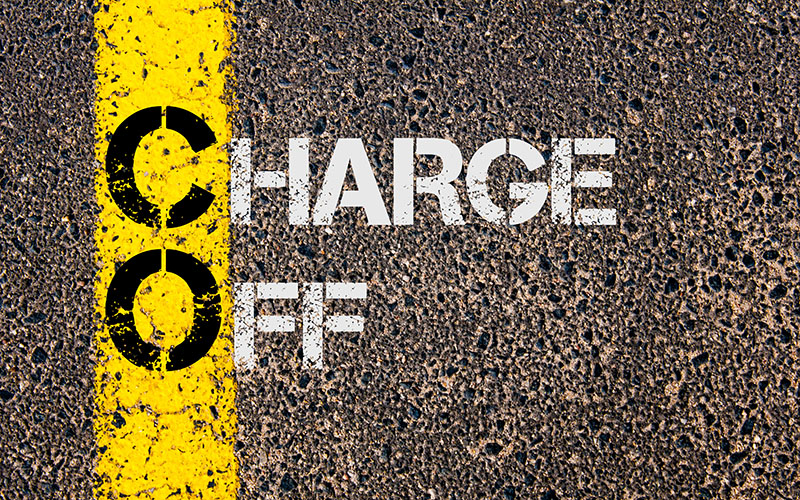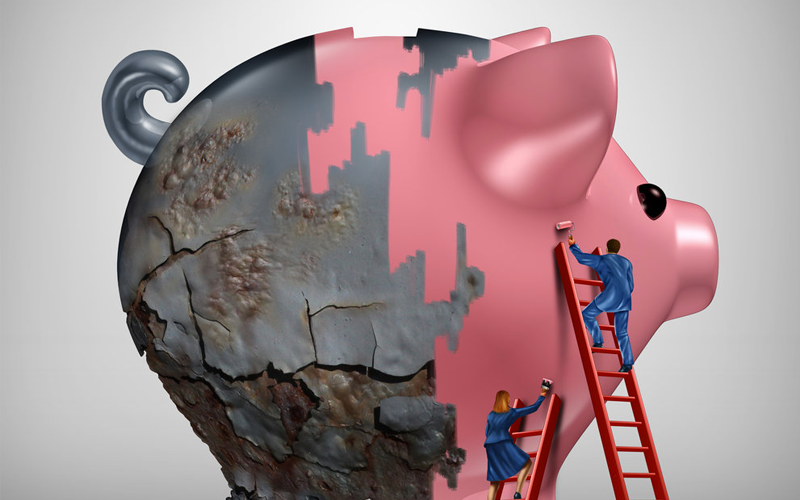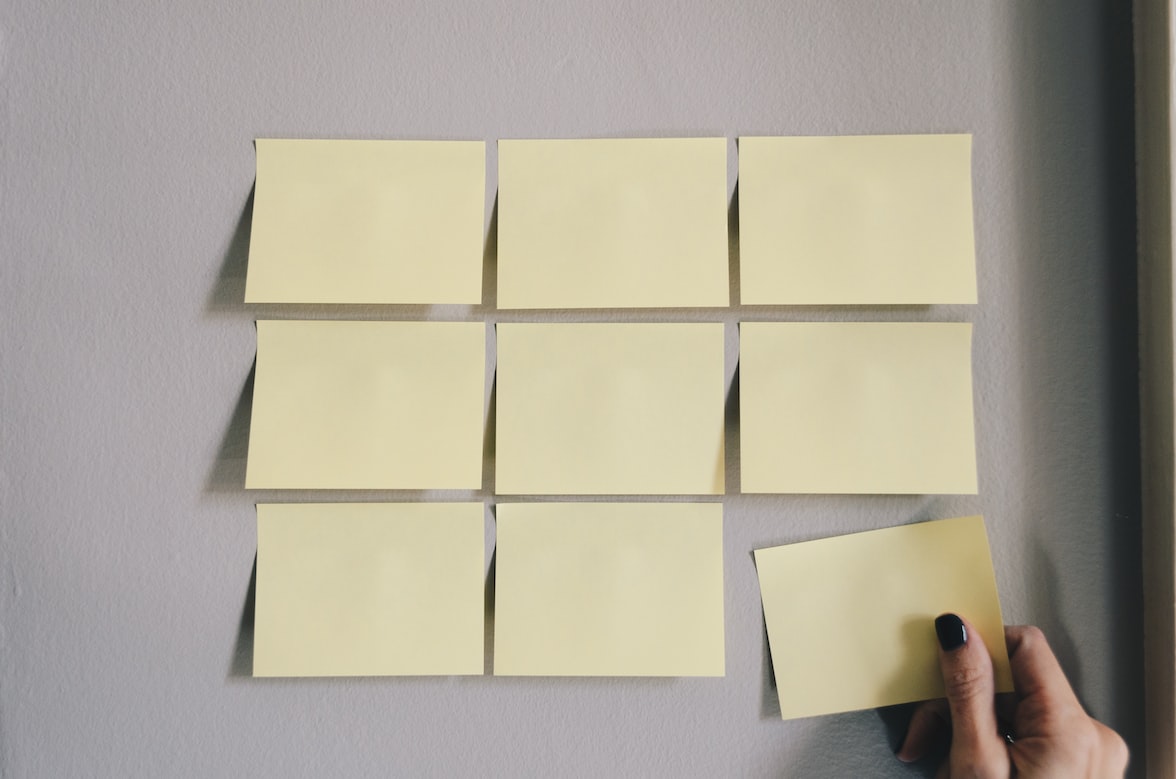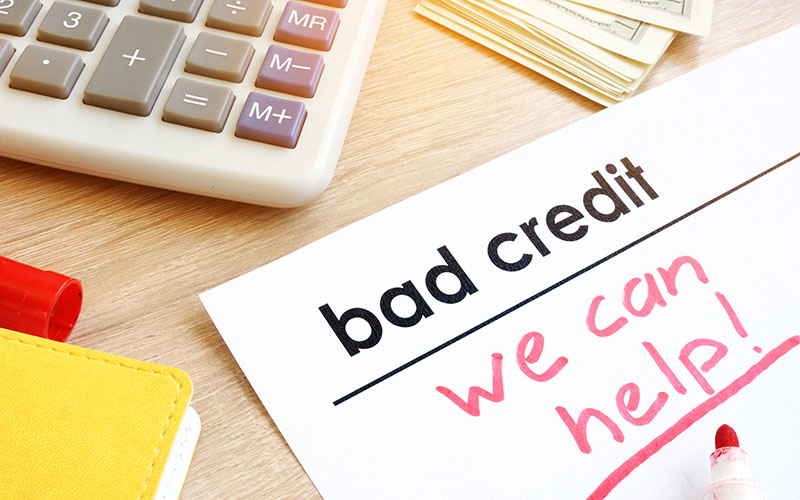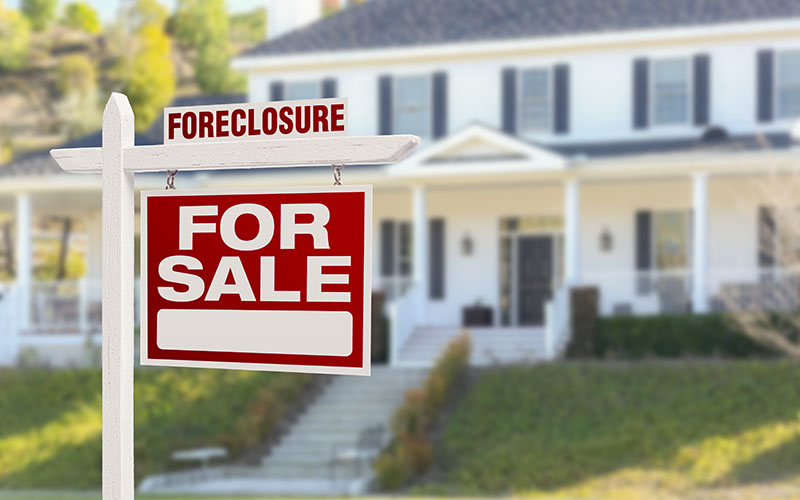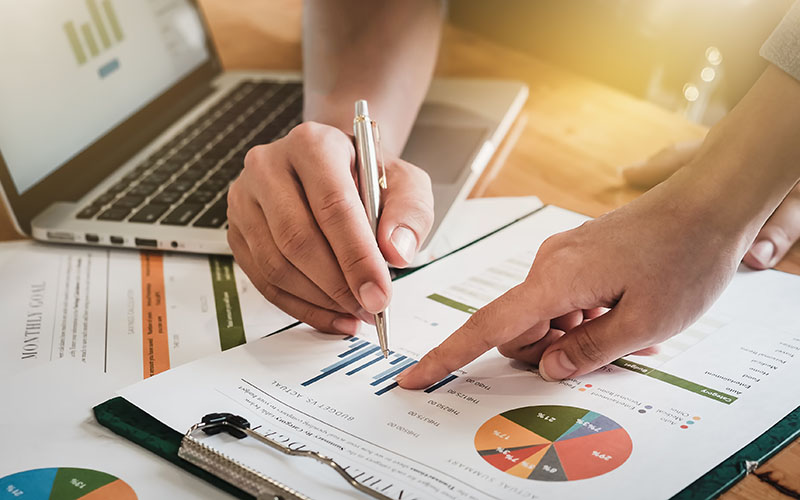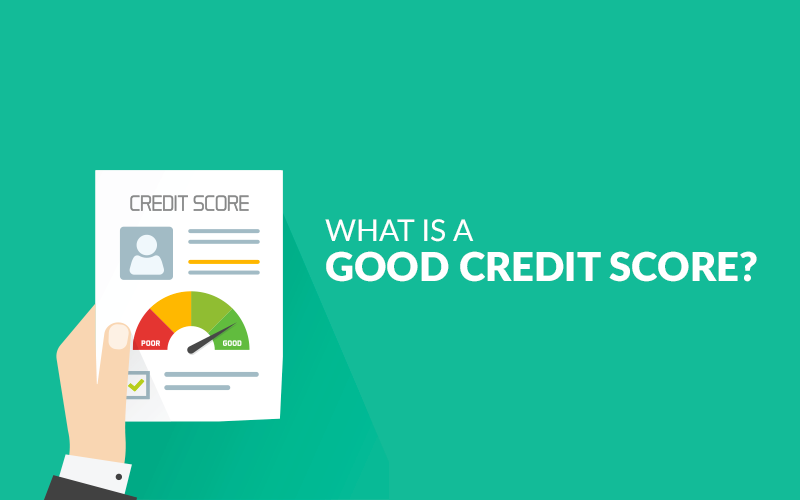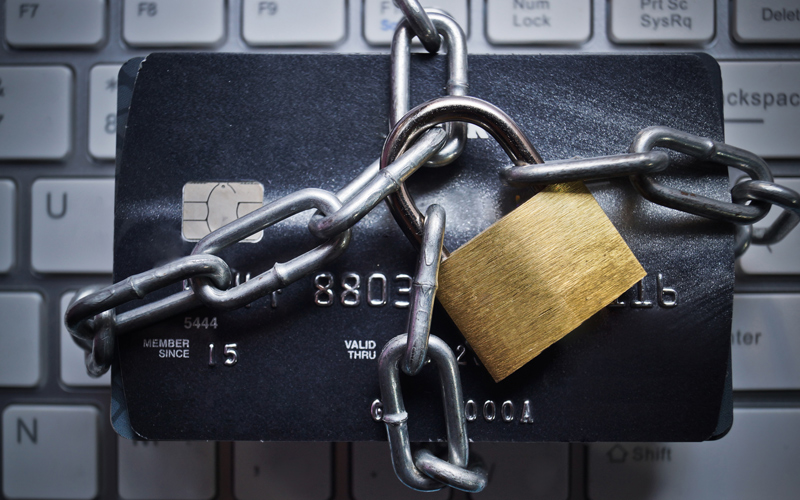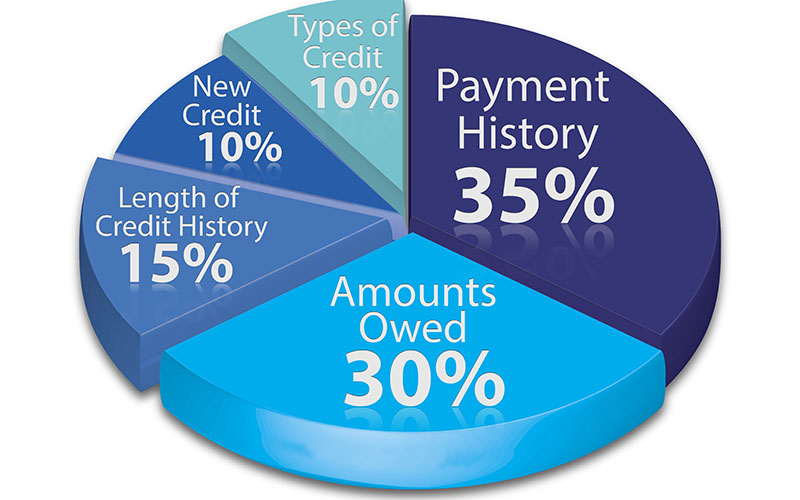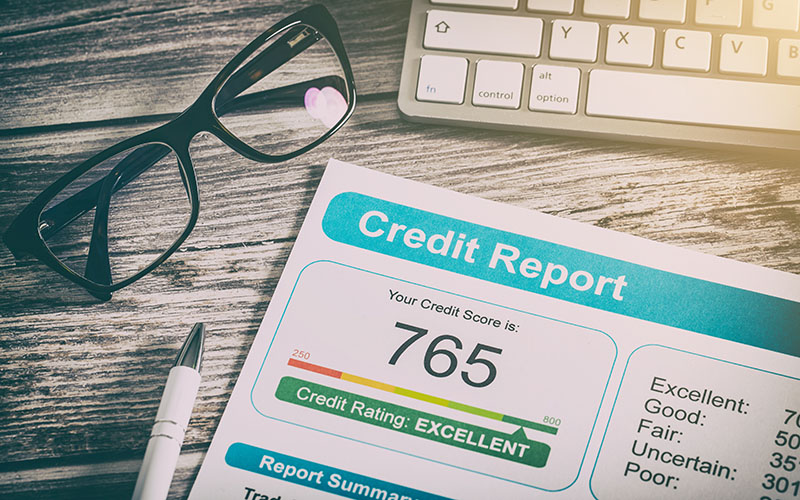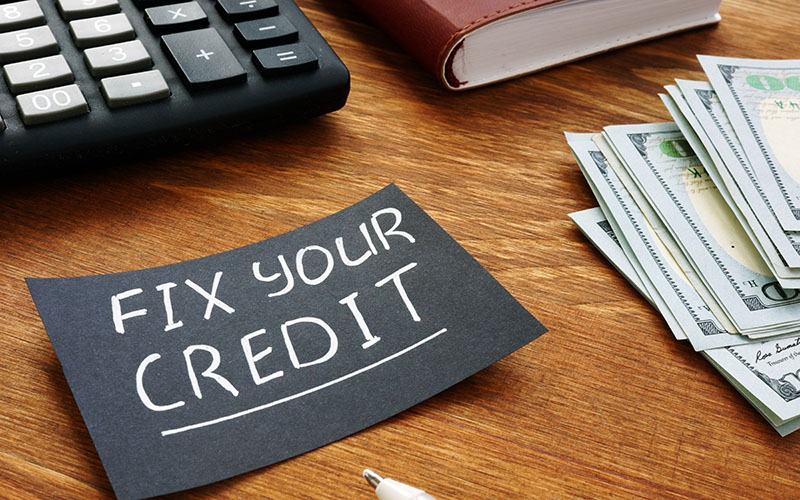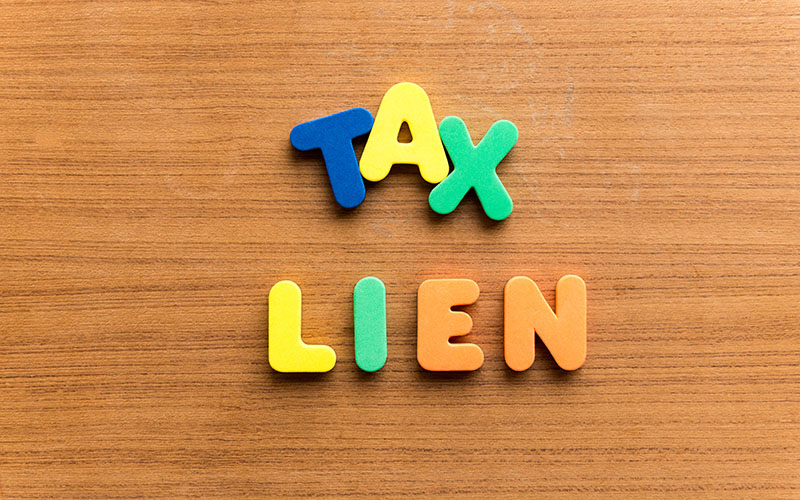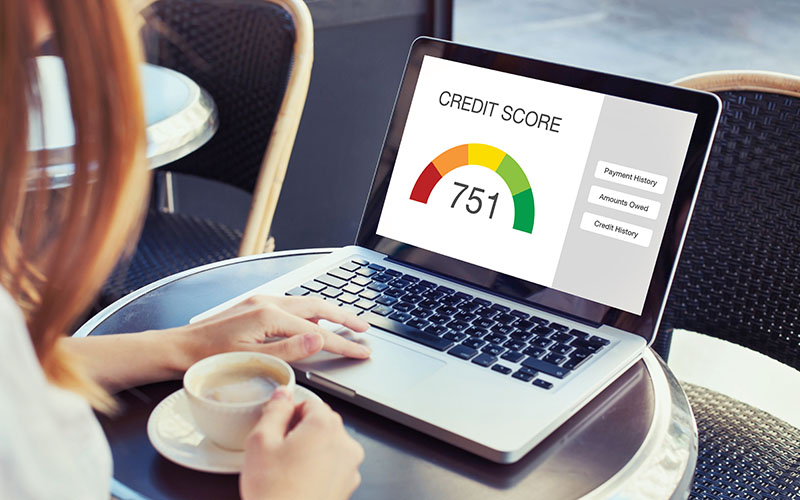The Comprehensive Guide to Bankruptcy
Key Takeaways
- Bankruptcy can discharge or reorganize debts and provide a financial reset through Chapter 7 or Chapter 13 filings
- Know the difference between secured/unsecured and dischargeable/nondischargeable debts, as well as exempt vs. nonexempt property
- The filing process includes credit counseling, means testing, legal paperwork, and trustee meetings—plus associated fees and documentation requirements
- Bankruptcies stay on your credit report for 7–10 years and significantly affect future borrowing opportunities
- You can rebuild your credit with secured cards, on-time payments, and responsible financial behavior post-bankruptcy
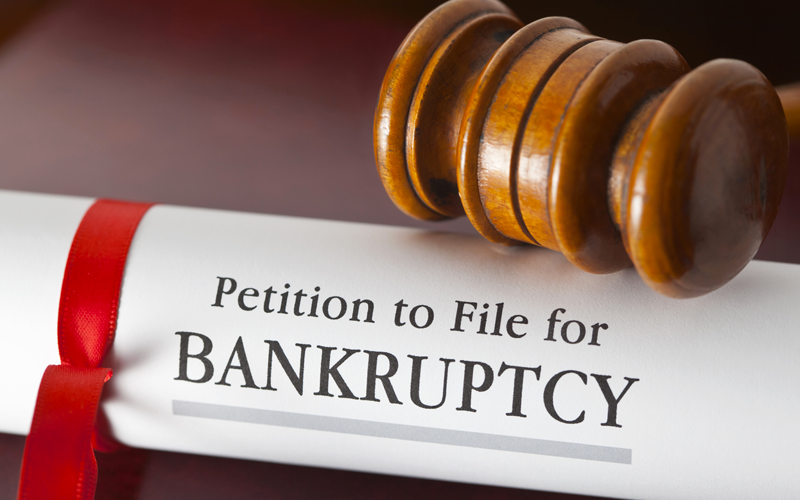
Bankruptcy is a word that most likely brings up feelings of stress and fear, but the reality is more than that: it can also be an important tool used as a last-ditch effort to eliminate your financial hardships and help you start over with a clean slate.
Depending on the type of bankruptcy you file for, your mounting debts are either discharged or you are presented with a new payment plan to pay them off over a five year period.
The process of filing for bankruptcy is time-consuming, but it doesn't have to be difficult. Here is what you need to know before you file for bankruptcy.

What Kind Of Debt Do I Have?
Before you file for bankruptcy, you should know about the types of debt you are dealing with:
- Secured debt is a type of debt that has property attached to it, like an auto loan or a mortgage.
- Unsecured debt is not used with a physical property as collateral and includes debt like medical bills and credit card debt.
- Dischargeable debt can be eliminated by bankruptcy and includes consumer debt like credit card debt.
- Nondischargeable debt is debt that is still owed after bankruptcy and includes debts such as taxes, student loans, and child support.
There are several types of debt that cause the average consumers to file for bankruptcy:
- Medical bills: Debt due to medical bills is the primary cause of bankruptcy. This kind of unsecured debt can either be partially or fully discharged in a bankruptcy.
- Credit card debt: After medical bills, this unsecured debt is one of the main causes of consumers needing to file for bankruptcy.
- Student loans: Consumers are most likely going to be held responsible for paying off student loans, but in a very small amount of cases, bankruptcy may forgive student loan debt if the court feels that paying the loan will result in “undue hardship” for the consumer and any dependents.
Like your debt, your property is also divided into types:
- Exempt property: This type of property has been declared unavailable to creditors by federal law and may help you restart your life after bankruptcy.
- Nonexempt property: This property can be sold by the bankruptcy trustee to partially repay creditors, but it can vary depending on the state.
In the case of a Chapter 7 bankruptcy, the nonexempt property is usually deemed to have little value, which means you may have a chance to keep it if the bankruptcy trustee considers it unnecessary to surrender it to creditors.
If a property is exempt and backed by a secured debt, make sure that you keep up with the payments. Missing a payment means that the creditor can take the property through foreclosure or repossession, or you will have to negotiate a new payment plan. If the home equity is higher than what is allowed for an exemption, your bankruptcy trustee may sell the property.
In some scenarios, it may be better to file for bankruptcy as soon as you can in order to stop a foreclosure or an eviction.
What Are The Different Types of Bankruptcy?
Chapter 7 Bankruptcy
Filing for a Chapter 7 bankruptcy is the preferred method of either partially or fully discharging your debts in order to get a new start.
When a debtor cannot cover their debts with their assets or disposable income, this process (also called a liquidation bankruptcy) lets individuals with extreme debt to have their unsecured personal debts discharged.
Although personal assets rarely cover all the debts, it gives the debtor an opportunity for a fresh start.
Debts that can be discharged include credit card charges, medical bills, personal loans, unpaid utility bills, unpaid lease agreements, and some types of attorney fees. This requires most of their assets to be liquidated and usually takes about three to six months to complete.
However, there are some limitations and not everyone can qualify for a Chapter 7 bankruptcy. You must meet the following requirements:
- You must pass a means test. This excludes individuals from filing if they have many assets or a higher income than the state median.
- You cannot file if you have received a discharge in a previous Chapter 7 bankruptcy in the past eight years or if you received a discharge in a Chapter 13 in the past six years.
- You are also not eligible to file if a previously filed Chapter 7 or Chapter 13 bankruptcy case was dismissed in the past 180 days due to a court order violation, fraudulent conduct, or if you requested a dismissal after a creditor asked to lift the automatic stay.
Chapter 11 Bankruptcy
A Chapter 11 bankruptcy allows debtors to restructure their debts and assets in order to pay their debt over time without having to close their business.
This type of bankruptcy is not handled by most law offices and is primarily used for businesses and corporations, although in a few circumstances it can be used by individuals.
Chapter 13 Bankruptcy
This form of bankruptcy (also called a wage earner’s plan or reorganization bankruptcy) is used by individual consumers with a regular income and creates a plan to help them repay some or all of their debt.
These plans take around three to five years to complete and require installment payments to creditors.
A Chapter 13 bankruptcy does not involve debt liquidation, so any leftover debt is forgiven.
Debtors who do not pass the means test required for Chapter 7 are eligible to file for a Chapter 13 bankruptcy. Individuals who want to keep their certain assets (like their homes or cars) can also file Chapter 13 since it gives them a chance to stop foreclosure by paying off their debt with their current income.
The Process Of Filing For A Chapter 7 Or Chapter 13 Bankruptcy
Before you file, you must assess your financial situation, keep any important documents, and save your online records for your bankruptcy trustee. Here are some other important factors to keep in mind:
- Keep track of your recent finances, including your average monthly income in the previous six months, any money you will receive in the future, when you will receive the money, and where you are getting it. This includes your income, unemployment benefits, interest or dividends from investments, pensions, and money contributed to your household income by other people. You do not have to include Social Security income.
- If you are married, include your spouse’s financial information, even if they are not filing bankruptcy with you.
- Document all your debts, the creditors, current balance, interest rate, monthly payment, and any other relevant information.
- Keep track of your assets and property with value, like art, clothes, collectibles, home furnishing, real estate, savings, stocks, and vehicles. It's unlikely that your personal belongings will be sold in a Chapter 7 bankruptcy but this may not be exempt in every state.
- List your monthly household living expenses, such as rent, mortgage, grocery bill, utilities, clothing, transportation costs, taxes, medical expenses, child support, and alimony. Items that do not have a set cost can have an average calculation.
- You can file for a Chapter 7 bankruptcy if your income is at or under the state median, which allows for your family and dependents. If your income is above the state median, you move on to the means test, which uses a form to compare your disposable income to debts and determines if you have enough income to partially or fully pay your debts over a five year payment period. If you do have extra income, you will have to file for a Chapter 13 bankruptcy, which allows you to repay your debts over three to five years instead of discharging them, and lets you keep your property. However, if you are a disabled veteran and acquired debt while on active duty or if your debts come from operating a business, you do not have to go through a means test.
Six months prior to filing, you must undergo a credit counseling program from a court-approved agency, which can be found under the Credit Counseling and Debtor Education page of the U.S. Department of Justice website. Before your debts are discharged, you must complete a debtor education course which can be done either by phone or online, and only take a couple of hours. The fee for this program is around $100/session and can be reduced or waived if you meet low-income standards.
You will receive a certificate verifying you have completed credit counseling since you need proof of this when you file your petition. If you do not follow through with the credit counseling class, your petition for bankruptcy will not be accepted.
Have your finances and documentation ready for the agency to help you determine which type of bankruptcy is the best option. For example, if you file for Chapter 13, you receive assistance on how to lay out your payment plan.
Payments must begin within thirty days of your petition being submitted, even if it has not been accepted.
There are many different official bankruptcy forms, but the main one is the Voluntary Petition. This is one of the forms, along with other forms that detail your financial information, that must be completed for a Chapter 7 bankruptcy. Once it is filed, the courts have control of your debts and property, and you will no longer be able to transfer property or pay debts without the court’s approval.
You must list what property is exempt, if you have sold or given away any property in the past two years, and record all your creditors and their mailing addresses since every debt not listed is not discharged. You also need to state what you plan on doing with your secured debts. You can either:
- Continue with existing payments.
- Reach a new payment agreement with the creditor by reaffirming the debt.
- Pay the creditor the replacement value of the property by redeeming the property.
- Surrender your property to the creditors.
All your forms are filed with the bankruptcy court clerk at the same time, but in the case you are crunched for time and need to stop an eviction, foreclosure, or repossession, you may file only the two-page Voluntary Petition and wait to file the other forms within the next fourteen days.
Once you have filed the Voluntary Petition, the automatic stay is implemented. This stops creditors from bank account attachments, collections communication, eviction, foreclosure, lawsuits, repossession, utility shutoffs, and wage garnishment. However, creditors may ask the courts to lift the automatic stay in order to proceed with an eviction, foreclosure, lawsuit, or repossession.
You must pay a fee of $335 at the time you file for bankruptcy. In case you have trouble paying, you can file additional forms to ask the court for assistance.
If you hired a bankruptcy lawyer, they must be paid up front. Fees range from $800 to $5,000 and depend heavily on location and complexity of the case.
You will receive a court-appointed bankruptcy trustee, who is court-appointed to take control of your property, pay your creditors, ensure that the forms you filed are complete, find any nonexempt property, and make sure you have transferred your property correctly.
Once your bankruptcy petition is accepted, you must attend a meeting with the bankruptcy trustee and the creditors (or their representatives) to get your debts partially or fully discharged.
You will receive notification of the meeting a couple of weeks after filing your forms, and your creditors receive a notice that your debts to them are included, along with the implementation of the automatic stay. Your bankruptcy trustee will set up a 341 meeting three to six weeks later.
You are sworn in at the meeting, which is led by the bankruptcy trustee, and creditors will ask you about your situation, finances, and paperwork filed.
In many situations, creditors do not appear at all and send a representative instead. In the case you are married, your spouse is also required to attend, even if they are not filing.
This meeting is also used as a way to ensure that you are not declaring bankruptcy for any kind of financial gain or fraud. The bankruptcy trustee makes sure you understand the consequences of bankruptcy and you must indicate that you are ready to move forward with the process.
Following the meeting, creditors and the bankruptcy trustee have sixty to ninety days to object to the discharge of any debts by filing a lawsuit in the bankruptcy court. They can request extra time for objections, but if these are not done within the time frame, your petition will proceed and the court will discharge your unsecured debts.
Once you have filed the bankruptcy petition, an automatic stay in implemented, which prevents creditors from making collection attempts, continuing legal proceedings, entering property liens, or taking any money or property.
Creditors cannot collect money from cosigners or unpaid secured debts for a Chapter 13 bankruptcy, but automatic payments can still be taken out of your paycheck for a 401k loan. When the courts issue the discharge order, your creditors no longer ask for payment and you are now free of your dischargeable and unsecured debts. However, you are still responsible for nondischargeable debts like taxes, student loans, child support, and any debts incurred by fraud.
Even after you have filed, there is no guarantee your petition will be approved and your debts discharged. There may be legal reasons your debts cannot be discharged, or your creditors may raise objections to your petition. Even if the court has approved your petition, they can also revoke it if they find a reason that it shouldn't have occurred, such as:
- The court has evidence that you have acted fraudulently or committed perjury.
- You cannot provide required tax documentation.
- You cannot account for a loss of value in your assets.
- You hide property from creditors.
- You hide any paperwork, records, and documentation.
- You acquired new assets and did not notify the court.
- You were asked for any information during a case audit and did not provide it.
- You disobeyed a court order.
- You did not complete the credit counseling program.
- You do not fulfill your Chapter 13 payment plan in time.
What Happens After I File?
- If you are filing a Chapter 7 bankruptcy, then your assets are liquidated, your trustee pays your creditors, and the bankruptcy judge issues a discharge, which is a letter stating that all remaining debt has been discharged, and lenders and creditors can’t continue with collections. This will happen even if you do not have any assets that can be liquidated.
- If you filed a Chapter 13 bankruptcy and there are no objections to your payment plan, it will likely be approved by a judge, who will then issue a discharge for any debt. This hearing occurs within 45 days of the meeting and once your payment plan is approved, you pay the trustee directly either every two weeks or monthly, and they will then pay your creditors. If you file a Chapter 13 bankruptcy, you do not have to appear in court except to confirm your debt payment plan. The trustee takes care of the remaining paperwork and the rest of the process.
- You must complete a credit course within 45 days of your creditors meeting for Chapter 7 bankruptcy, or before the last day of your payment plan for a Chapter 13 bankruptcy. Before you file a motion to discharge the bankruptcy, you must undergo post-bankruptcy counseling to complete the process.
- After you have petitioned for Chapter 7 and Chapter 13 bankruptcy, you must undergo debtor education. Although you can use the same company for both credit counseling and debtor education, these cannot be done at the same time. You may obtain this from the US Trustees Program, with the exception being Alabama and North Carolina, which have its own service providers.
The Real Cost Of Bankruptcy
Although bankruptcy rids you of your unsecured debt, it still greatly affects your finances:
- Financial courses cost anywhere from $70 to $200, although these can be waived or offered at a low cost.
- Chapter 7 fees are $335, Chapter 12 fees are $275, and Chapter 13 fees are $310.
- Additional fees include $245 for the case filing fee, $75 for the miscellaneous administrative fee, and $15 for the trustee surcharge.
- Individuals filing for Chapter 13 bankruptcy pay their fees at the time of filing: $235 for the case filing fee and $75 for the miscellaneous administrative fee.
- Attorney fees are paid up front and they can run anywhere from $1,450 to $5,000.
- The amount of time your attorney spends on your case correlates to your payment, so the longer your case goes on, the more you pay.
- Debtor education, which you must receive after filing and completing a credit counseling course, is anywhere from $25 to $100.
- Because the cost of bankruptcy is high, those who are already low on disposable income (usually individuals with an income 150% of the poverty line) may have trouble paying for the costs of bankruptcy.
However, there are some alternatives to the hefty costs. The Justice Department has stated: “Fee waiver policies may vary by agency. At a minimum, however, a client whose household income is less than 150% of the poverty level is presumptively entitled to a fee waiver or fee reduction.”
For those unable to pay for the required courses before and after filing, a free or discounted rate may be offered. This is also called “pro bono,” and these services are obtained through public and private agencies.
If you are looking for pro bono aid, you can visit the Legal Services Corporation website and try to get on their list. You can also contact your state’s chapter of the American Bar Association, which has its members perform 50 hours of pro bono work a year, and many of them take on pro bono cases for community service.
Additionally, you may be able to waive the fee or arrange a payment plan. Waivers can be found on the uscourt.gov website. - A payment plan to pay your expenses with up to four installments can be implemented if the court allows and must be fully paid 120 days after the petition is filed. If you hired an attorney, they may also give you the option of an installment plan. If you file for a Chapter 7 bankruptcy, you need to fully pay your lawyer before filing to ensure they are paid. In a Chapter 13 bankruptcy, you may have to make a down payment for the filing fees before filing and the rest of your legal fees can be structured around your debt repayment plan.
- Before filing for bankruptcy, one way to save a little disposable income is to stop paying the debts you plan to discharge, especially if it is for a Chapter 7 bankruptcy. However, if you have some secured non-dischargeable debts (like utilities, child support, alimony, mortgages, and auto loans) you should still focus on paying that off. Homes and automobiles can still be foreclosed or repossessed or you can face penalties or jail time if you do not meet the financial obligations.
Pros And Cons Of Bankruptcy
Unfortunately, there is not much of a bright side when it comes to declaring bankruptcy. You will see positive results such as eliminating your debt, not receiving any more collection calls/letters, and getting a chance to start with a clean slate.
Due to state exemptions, you may also be eligible to keep some property, future earnings, and new property. However, you will face many repercussions:
- It takes around 3 to 6 months to process a Chapter 7 bankruptcy after it has been filed. If you ultimately choose to go against it, any missed payments and repossessions made in that period will hurt your credit and chances with lenders in the future.
- Declaring bankruptcy shows your creditors that you were not able to meet your financial obligations, which makes them wary of lending to you in the future.
- Your credit takes a nosedive after filing.
- Getting new lines of credit after filing for bankruptcy is difficult, and any loans and credit cards will not only be difficult to acquire, but they will have high interest rates.
- Chapter 7 bankruptcies can be a long-term problem and stay on your credit report for 10 years, appearing on every credit check done in that time period.
- Chapter 13 bankruptcies stay on your credit report 7 years once the bankruptcy has been put into effect.
- The effects of bankruptcy become less important over time but it still affects your credit until they expire.
- Any of your non-exempt property and possessions are sold by the bankruptcy trustee.
- You will no longer have access to your credit cards.
- You may be eligible for new credit lines one to three years after filing, but it will be at a much higher interest rate.
- Unless you already have a mortgage, filing for a bankruptcy makes receiving one in the future nearly impossible.
- If you filed for a Chapter 7 or Chapter 13 bankruptcy, you cannot file for another Chapter 7 bankruptcy for six years. However, if you paid a minimum of 70% of your unsecured debts for a Chapter 13 bankruptcy, the six years are not applicable.
- You are still required to pay mortgage liens, alimony, and child support. This obligation can only be suspended by a family court order.
- Bankruptcy does not discharge your student loans.
- You cannot file another Chapter 7 or Chapter 13 bankruptcy if your case was dismissed in the previous six months if 1) you requested a dismissal when a creditor asked for relief from the automatic stay or 2) you violated a court order.

What Do I Do After Bankruptcy?
Although you are no longer be burdened by your debts, your credit score plummets after filing for bankruptcy and your credit report shows the bankruptcy for seven to ten years after it was filed. Your main goal now is to begin rebuilding your credit. A few ways you can achieve this are:
- Pay all your bills on time, including utilities, mortgages, and loans.
- Start building an emergency stash. Ideally, you want to save at least three months worth of living expenses, but even a modest nest egg can prevent you from taking out a loan or running up any credit cards in the future.
- Check your credit score and credit report regularly. You can get a free yearly copy of your credit report at www.annualcreditreport.com. In certain circumstances, you may be eligible to receive more than one. You can also sign up for a free or low cost credit monitoring services.
- Since payment history constitutes around 35% of your credit score, build your credit by taking out a credit card. It will be a while before you are approved for a regular credit card, but you can take out a secured credit card at a bank or credit union. Secured cards require a refundable deposit equal to your credit line, which covers any purchases you make. Since these cards have high annual fees from 15% to 23%, keep your credit utilization low and always pay off your card immediately after a purchase. Before you apply, make sure you get a refund in the case they are denied for the card and make sure the bank allows credit increases. This is a short-term fix, and the point of it is to show future creditors that you are ready to take on financial responsibility and boost your credit until you can qualify for an unsecured card.
- You can take out a secured loan, which is similar to a secured credit card and lets you borrow money that you have put on deposit. This loan is made with a cash payment, put into a savings account, and only given back to you once you have paid off the loan entirely. This allows banks and credit unions to send credit bureaus positive reports about your on-time payments, thus boosting your financial credibility.
- You can apply for a credit card or loan that is co-signed by a trustworthy friend or family member, but there is a risk involved with this method: you and your co-signer are putting your credit scores at risk because you are both responsible for timely payments. Your co-signer may also run into limits on their credit line because of the additional debt they are taking on. If you cannot find someone willing to co-sign, they can become an authorized user on your credit card. Although this doesn't boost your score as much, even a little improvement can ultimately take you a long way.
- Avoid taking any loans, especially payday loans. These are predatory loans that actively look for consumers with bad credit and charge them fees up to 400%.
For more information on what to do after bankruptcy, read our guide on the best steps to take after filing for bankruptcy.
What if I am married? Should my spouse declare bankruptcy too?
Your spouse is not required to file for bankruptcy with you, but if they have co-signed on one of your loans or vice versa, it's not as effective for just one person to file since creditors can attempt to collect from your spouse once you have filed for bankruptcy.
What if I need to declare bankruptcy again in the future?
You can't declare bankruptcy again until a specific period of time has passed, which varies depending on the type of bankruptcy:
- For Chapter 7 bankruptcy followed by another Chapter 7 bankruptcy, you need to wait a minimum of eight years.
- For a Chapter 7 bankruptcy followed by a Chapter 13 bankruptcy, you need to wait four years.
- For a Chapter 13 bankruptcy followed by another Chapter 13 bankruptcy, you need to wait a minimum of two years.
Should I DIY bankruptcy or hire an attorney?
Bankruptcy is simply an administrative process, so filing on your own costs around $300 to $500. If you wish to file without the help of an attorney, you can find the forms needed at the U.S. Courts website.
Each type of bankruptcy has a vastly different process and you should be well-versed in the intricacies of it before tackling it on your own. Research through books, blogs, and videos may be helpful if this is the route you ultimately take.
Most experts suggest hiring an attorney for a legal process as important as bankruptcy since any mistakes made while filing could result in the dismissal of your case. It also increases the chances of your debts being discharged by 40%.
However, hiring a bankruptcy lawyer is much more expensive and you can only pay them in cash only. This fee ranges from $1,000 to $2,500 depending on each individual case.
Find an attorney who is experienced in the type of bankruptcy you plan to file. Many attorneys offer a free or low-cost consultation that usually lasts around an hour to determine if bankruptcy will truly help your financial situation.
The attorney fees are based on the attorney’s experience, expertise, your location, and the complexity of your case.
When is the right time to file bankruptcy?
When the debts you carry become overwhelming, too much to handle, and you cannot find any other way to pay off the medical bills, credit card debt, and unsecured loans, bankruptcy may be your only option.
Do I have any other options?
Debt consolidation or settlement is one option to help you avoid bankruptcy. Many debt consolidation companies help restructure your debts to make paying them off easier.
Edited by:
Bryan Huynh
•
Product Tester & Writer
